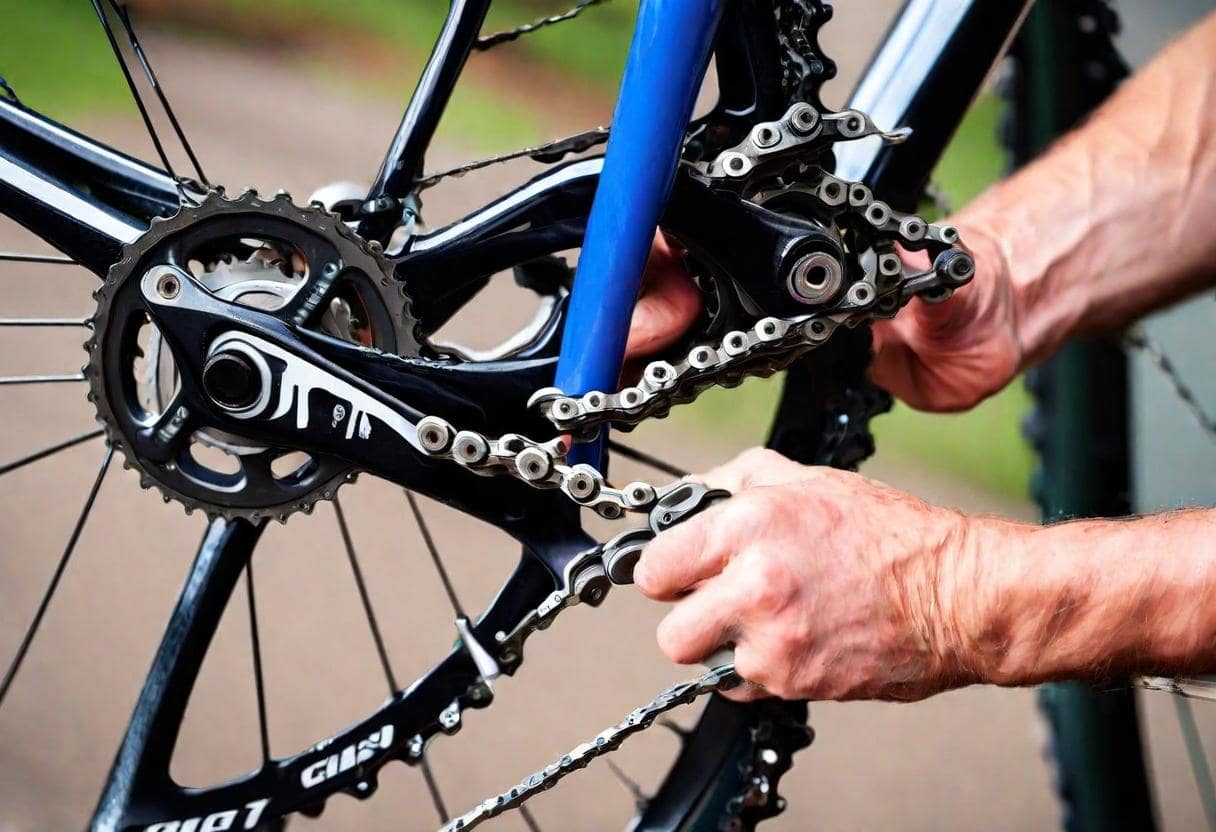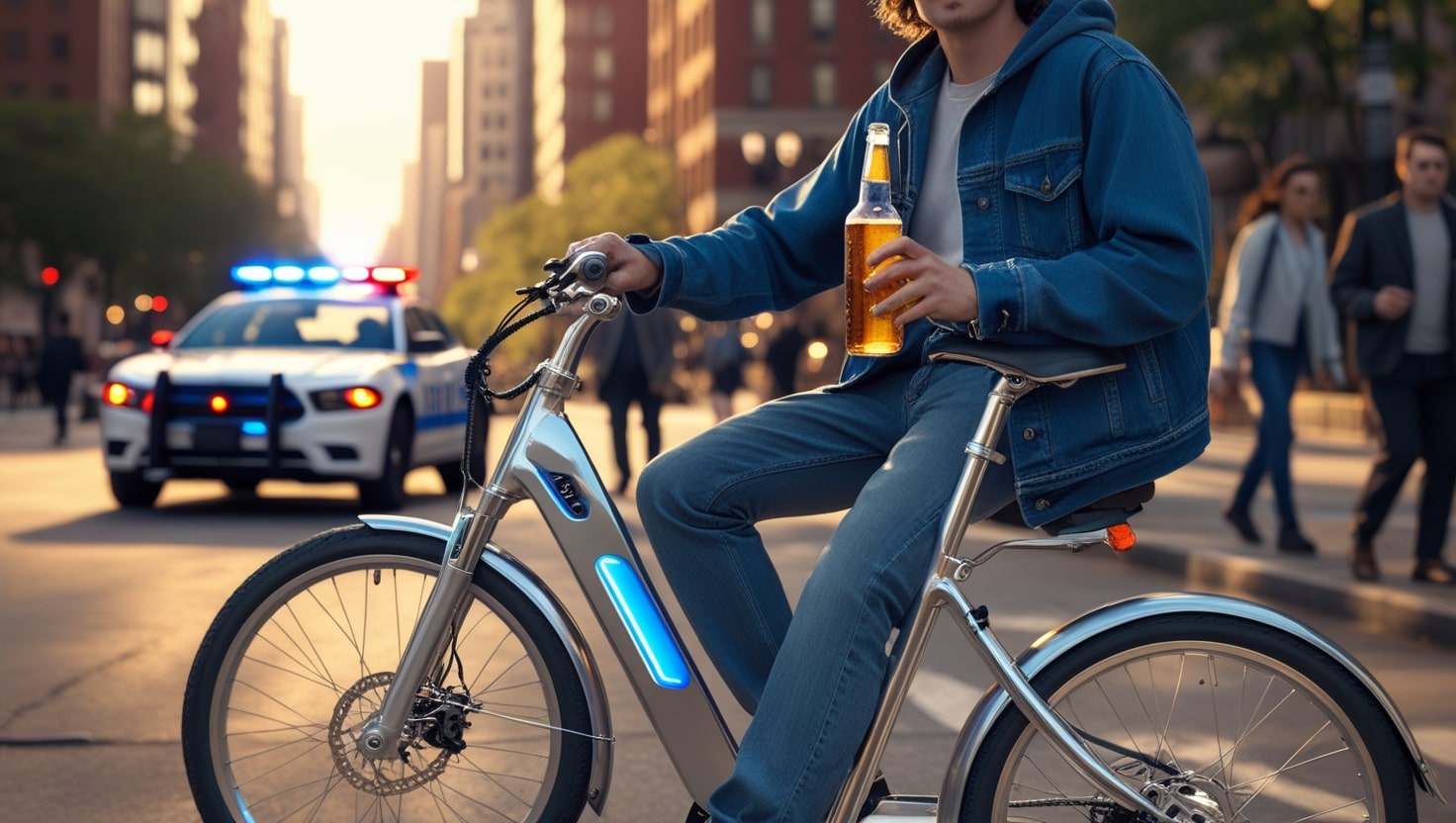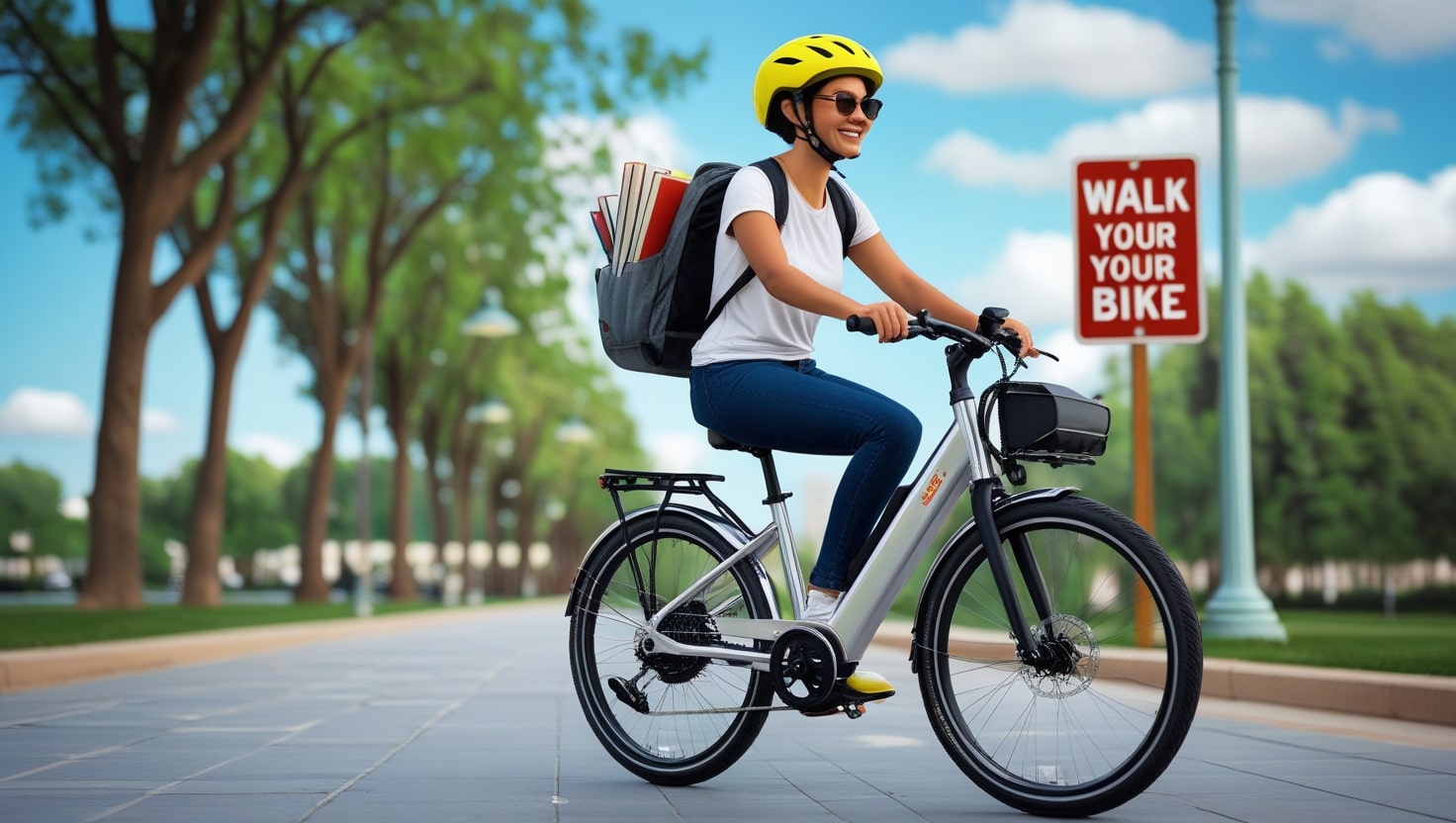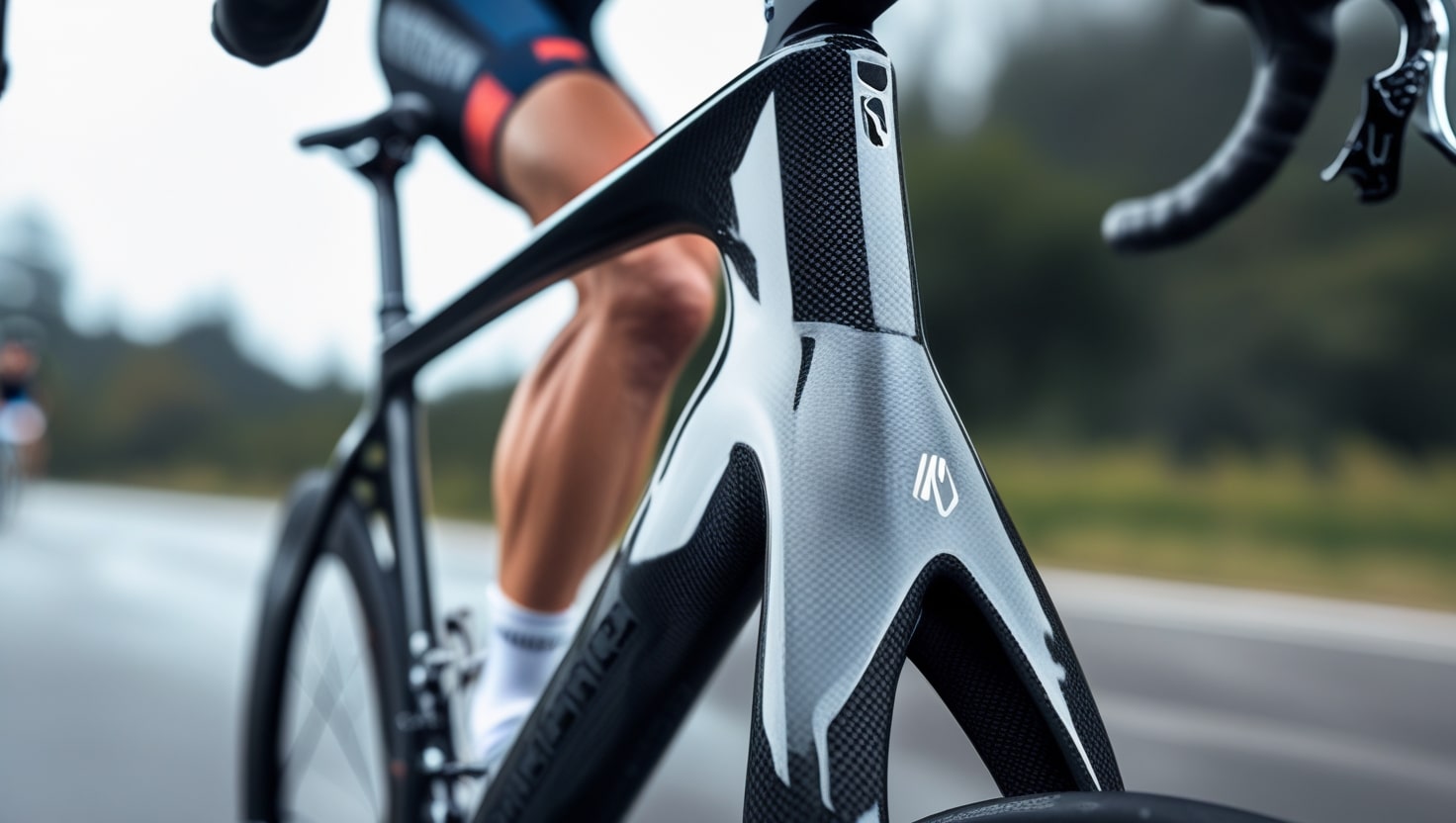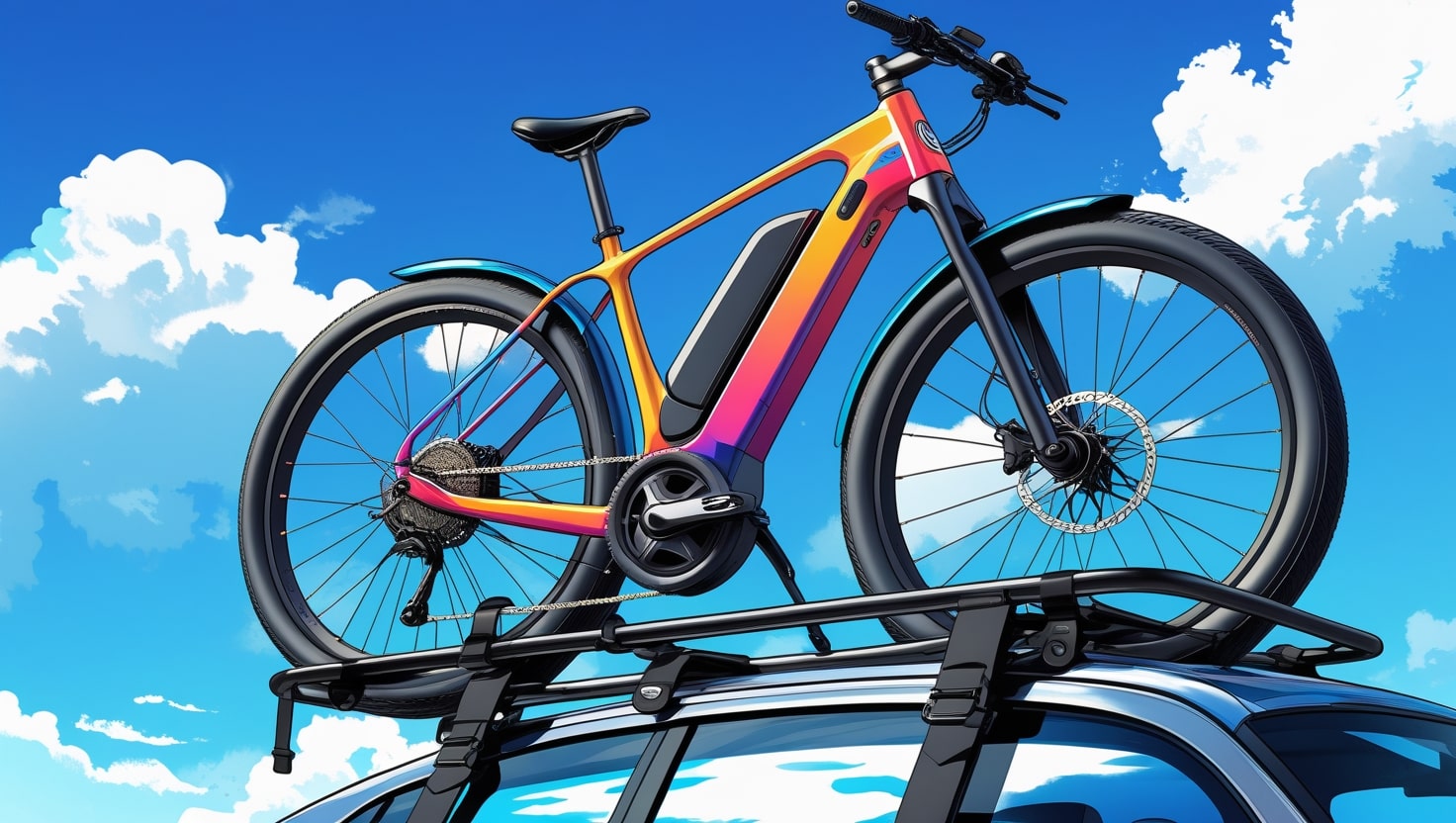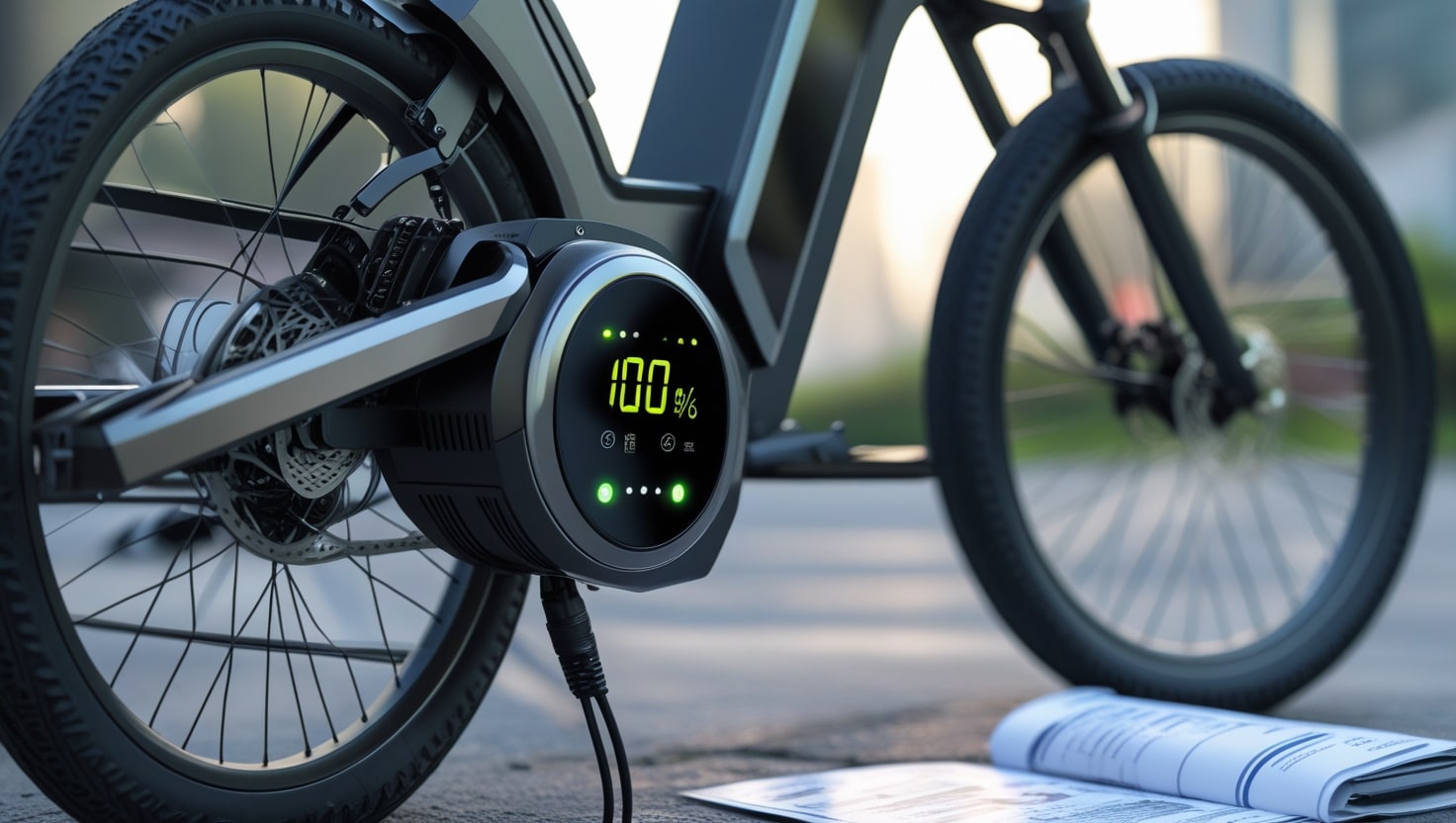Dealing with squeaky brakes on your bike can be one of the most annoying issues for cyclists to encounter. There’s no one-size-fits-all answer, but understanding the possible causes and using a step-by-step process for identifying the problem can help.
Start by inspecting your brakes to locate what’s causing the noise. Often, dirt or misalignment can create the squeaking, and a quick clean or adjustment can eliminate it for good. This article covered how to stop squeaky brakes on a bike with a methodical approach, emphasizing the importance of elimination to ensure your ride is smooth and noise-free.
Related: Why Are My Bike Brakes Squeaking?
Why do my bike brakes squeak?
Squeaky bike brakes are a common issue for many cyclists, but the good news is they’re rarely difficult to fix. When you can spot the cause, restoring your brake performance takes little time. Acting fast is important, as ignoring the issue could lead to dangerous situations, including accidents. Some tell-tale signs might point to specific braking systems, making it easier to identify the fault. However, in most cases, noisy brakes can be traced to several common reasons, which require understanding the possibilities before diving into your toolbox.
To diagnose the issue and resolve it effectively, ensure you check for the following reasons behind noisy brakes:
- Contamination from oil or grease
- Grit or dirt obstructing brake function
- Poorly set-up brakes
- Worn brake pads
- New pads that need proper wearing in
Understanding rim brakes vs disc brakes
There are many types of bike braking systems, but they generally fall into two basic categories: rim brakes and disc brakes.
Understanding the specific factors that contribute to each system’s problems can be valuable before attempting to repair your bike’s brakes. That way, you can rule out the apparent causes first.
Related: why does my motorcycle backfire?
Rim brakes
Rim brakes, commonly known as side-pull caliper brakes, function by pushing pads against the wheel’s rim to slow rotation. These brakes were once extremely popular for road bikes, but their popularity has dwindled in recent years due to their inferior performance in wet weather compared to disc brakes. Despite this, they remain a preferred option for many cyclists because of their lightweight design and less expensive bike models that still feature them.
When learning how to stop squeaking in rim brakes, it’s essential to know that an incorrect set-up is often the leading cause of serious malfunctions. For the average rider, properly adjusting the set-up can ensure the brakes remain sufficient and reliable. Take the time to inspect and fix alignment or other issues to improve their performance and avoid future problems.
Disc brakes
Disc brakes are the go-to braking option for most new bikes, including road bikes, mountain bikes, and hybrid bikes. They are known for their superior stopping power, even in tough weather conditions, which is why they have been the preferred choice for many years. Unlike rim brakes that work by pushing pads against the wheels’ rim, disc brakes are housed on the hub and use a rotor at the center of the wheel to deliver smooth braking.
A common reason for squeaky bike brakes in this system is the rotor bending out of shape, which leads to misaligned brakes. This often happens from regular wear and tear but can sometimes be rectified by carefully reshaping the rotor. By addressing these issues quickly, you can ensure that your disc brakes remain reliable and perform at their best.
How to stop squeaky brakes on a bike
When dealing with squeaking bike brakes, it’s important first to understand the differences between rim and disc braking systems. This approach makes it easier to effectively identify the problem. Don’t rush into action—follow a step-by-step process to identify and stop the squeaking. Often, the issue could be as simple as dirty or contaminated brakes, which just need a quick cleaning. Try these methods before addressing more pressing issues is always a good idea. For more complex problems, we’ve also covered effective fixes to restore smooth and quiet braking.
Rim brakes
Step 1 – Check if they’re clean
The first step to fixing squeaky brakes is checking for any dirt, grit, or debris caught underneath the brake pads. As the pads gradually wear down with use, debris such as metal or rubber particles can accumulate in the gaps. If the pads are caked with a layer of grime, their effectiveness at slowing the wheel rotation when it meets the rim will be reduced.
Make sure to inspect the surface of the rim and the calipers as well, since dirt or debris can restrict your brake’s effectiveness and cause them to squeal under strain while trying to slow the bike. A thorough cleaning can often restore proper braking function and eliminate annoying noises.
How to clean dirty bike brakes:
- Remove the wheels from your bike to access the brake pads and surrounding areas.
- Check the pads and rims for dirt or clumps of debris that may be causing issues.
Gently wipe away any visible build-up of dirt with a clean cloth.
- Take a new cloth and an acid-free bike cleaner to tackle more stubborn dirt.
- Once the brakes and wheel rims are clean, re-attach the wheels.
- Check if your bike brakes are still squeaky after cleaning.
NOTE:
If the dirt looks oily or greasy, it is caused by a lubricant and may require a degreaser to remove it effectively. Over-lubricating the chain is a leading cause of squeaky brakes!
Step 2 – Check the set-up of your brakes
If your rim brakes are misaligned, it’s one of the easiest problems to spot. Start by applying the brake and checking if the pads and wheel rims are meeting correctly. If the alignment looks off, carefully loosen the mounting bolts and reposition the brake pads to ensure they make a strong connection with the rims. This adjustment can greatly improve braking performance.
Another effective fix is to toe in the brake pads. While they are usually set up parallel to the wheel rims, this adjustment involves altering the pads so that the front section touches the rim first. This adjustment provides the bike with a more gradual braking system and significantly lessens the chances of having squeaky bike brakes.
How to toe-in your brake pads:
- Place a standard piece of card between the brake pad and the rim to create a slight angle.
- Apply the brakes to ensure the card stays in place during the adjustment.
- Use an Allen key to loosen the bolt that secures the calipers slightly, allowing you to adjust the pad’s position.
- Once the position is reset, re-tighten the bolt, and the process is complete!
This technique reduces noise by ensuring the brake pad contacts the rim at the correct angle, making your ride smoother and quieter.
Step 3 – Check brake pad condition
It’s essential to inspect your brake pads regularly for signs of wear and tear. Over time, they can become worn, which reduces their ability to make an accurate connection with the wheel rims. If your bike brakes are still noisy, it might be time to replace the pads. Researching the best type of brake pad for your wheel material can make a huge difference in how effectively your brakes perform.
Replacing the pads should be treated as a last resort after you’ve gone through a proper process of elimination to identify the cause of the issue. Once you invest in a new set of pads, the improved connection can stop your rim brakes from squeaking and ensure you won’t experience the problem again.
Disc brakes
Step 1 – Check if they’re clean
Disc brakes are designed to be positioned in a way that attracts less dirt than rim brakes, thanks to the tighter surfaces between the rotors and disc brake pads. However, debris or contamination, often caused by heavily lubing the chain, can still lead to unclean disc brakes. This can affect either the brake pads or the rotor, so it’s essential to include this in your maintenance session.
To fix contamination on the rotor, start by using a cloth and a disc brake cleaner. Spray the cleaner directly onto the rotor and wipe away any oil with the cloth. When it comes to contamination on the disc pads, things can be a bit trickier. You’ll need to inspect the pads by removing the wheels from your bike and carefully taking out the brake pads. Look for any traces of oil or grease.
If the brake pads are contaminated, applying mud to the area, reattaching the brakes and wheels, and braking hard can sometimes rectify the issue. If this method doesn’t work, using a vice and a blow torch to boil the oil away might be necessary. If you don’t have these tools, it’s best to take a trip to the bike shop for professional help.
Step 2 – Check if the pads or rotors are glazed
If your disc brake pads are not contaminated, they might be glazed along with the rotors they’re pressing against. This happens when the braking surfaces become worn and overly smooth, a natural result of repeated braking. Many cyclists with disc brakes experience this after riding for many miles on their bike. Inspecting and addressing this issue can improve the braking performance and reduce noise effectively.
For the rotors, you can:
- Wipe the rotors using disc brake cleaner and a cloth to remove any dirt or grease.
- Grab some 150-grade sandpaper and rub gently in a circular motion to clean the surface.
- Change the sanding direction to move up and down, ensuring even coverage.
- Switch to sanding side to side to thoroughly clean the entire surface.
- Continue until the surface feels rough again, which improves braking efficiency.
Changing your sanding motions can reduce the chances of the problem reoccurring, as creating an uneven surface reduces the chance of new glazes forming.
here’s how to fix the pads:
- Grab some 150-grade sandpaper to prepare for the cleaning process.
- Place it on a flat and stable surface to ensure stability while working.
- Hold the pads firmly and rub them against the sandpaper with the pad’s face down.
- Continue rubbing until the roughness returns to the pad’s surface, improving their braking effectiveness.
Step 3 – Check the alignment of the callipers
To ensure your calipers are aligned correctly, place your bike in a stand and spin the front wheel. If the wheel spins freely and there is equal space on both sides of the disc brake pads, the calipers are aligned properly. However, if the space is uneven or the wheel doesn’t move freely, this is likely the issue. The good news is that it’s an easy fix, and you can re-center the calipers yourself.
While the bike is still in the stand, follow this process: loosen the mounting bolts that secure the calipers in place, then sharply apply the brakes and re-tighten the bolts while holding the brakes. Once this is complete, repeat the checking process with the back wheel to ensure the alignment is correct.
Step 4 – Check if the rotors are bent
Disc braking systems can sometimes have bent rotors, which is a common cause of squeaking bike brakes if re-centering the calipers didn’t work. To check for this issue, place your bike in a stand and spin the front wheel. Carefully observe the rotor to see if it moves straight or wobbles out of position. If the rotor appears bent, it could be causing the problem, but there are ways to fix it.
To straighten the rotor, grab an adjustable spanner and fit it to the width of the rotor. Apply the spanner to the bent area and gradually use resistance to bend it back into its original shape. If the rotor is severely damaged and this method doesn’t work, you may need to replace it to fully restore your braking system.
How do you set-up disc brakes on a bike?
Setting up disc brakes is different from rim brakes, and a poorly set-up system can significantly hamper performance. To properly bed in the pads, start by riding your bike at a good speed and pull firmly on the brakes several times. This process ensures the discs are well-bedded and helps them perform efficiently. Taking these steps can often reduce or eliminate any unwanted squeal.
If the issue persists, it might be that the caliper isn’t perfectly aligned with the rotor. Disc rotors can sometimes bend easily, but they can usually be straightened using an adjustable spanner. You can also adjust the positioning of the caliper and rotor by eye to achieve proper alignment. If these steps don’t work, visit your local bike shop for help. They can diagnose and cure the pesky noise professionally.
Related: North Carolina Electric Bike Laws

